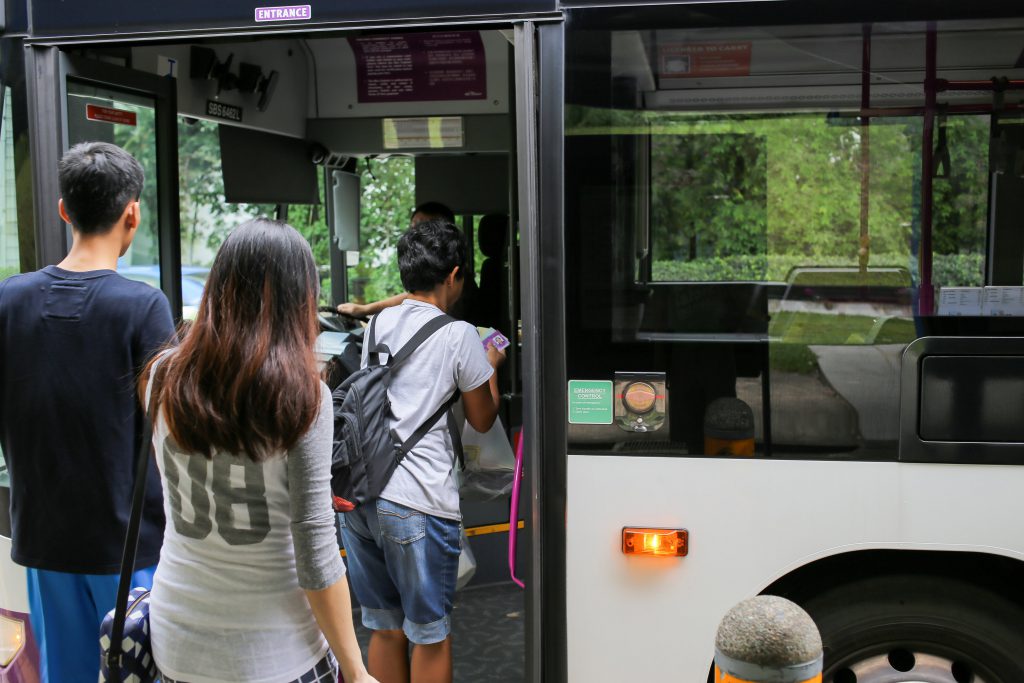Why Govt should use subsidies to encourage more to take public transport
February 15, 2020

As part of the ‘ASK: NUS Economics’ series by The Straits Times, Dr Timothy Wong (NUS Department of Economics) addresses whether public transport subsidies in Singapore are economically justified. His research findings suggest that public transport subsidies in Singapore can increase supply- and demand-side economies of scale, and lower auto externalities. However, the drawback is that transport subsidies increase income taxes and lower congestion pricing revenue (like Electronic Road Pricing (ERP) revenue).
In terms of public transport, supply-side economies of scale lower the average operation costs per person when more people use public transport. Demand-side economies of scale result in more frequent services because more people demand public transport, which lowers the time costs incurred by consumers. This can set off a virtuous cycle of improvements (also known as the Mohring effect), where the lowering of time costs encourages more usage of public transport, resulting in more frequent services, and so on and so forth. Meanwhile, lower auto externalities refer to a decrease in negative externalities from car use, such as congestion, air pollution, and accidents.
In work with former NUS economics undergraduate students Mr Andy Ho and Ms Luo Siwei, Dr Wong analysed transport data from 2015 and found that supply-side economies of scales are the primary justification for subsidies in Singapore, as the government should take advantage of the cost-efficiency of Singapore’s public transport systems. On the other hand, auto externalities are a smaller justification since Singapore already implements anti-car-use measures such as ERP while the Mohring effect is only relevant during off-peak hours.
Ultimately, Dr Wong posits that the optimal public transit subsidies in Singapore are between 16 and 100 percent of costs for the year 2015. This range is consistent with findings in other major cities such as Los Angeles and London, where public transport subsidies were also found to be justifiable at high levels.
Read the article here.
